Tag: Virginia
Wikipedia says: Virginia, officially the Commonwealth of Virginia, is a state in the Mid-Atlantic and Southeastern regions of the United States, between the Atlantic Coast and the Appalachian Mountains. The geography and climate of the Commonwealth are shaped by the Blue Ridge Mountains and the Chesapeake Bay, which provide habitat for much of its flora and fauna. The capital of the Commonwealth is Richmond; Virginia Beach is the most-populous city, and Fairfax County is the most-populous political subdivision. The Commonwealth’s population in 2020 was over 8.65 million, with 36% of them living in the Baltimore–Washington metropolitan area.
The area’s history begins with several indigenous groups, including the Powhatan. In 1607, the London Company established the Colony of Virginia as the first permanent English colony in the New World. Virginia’s state nickname, the Old Dominion, is a reference to this status. Slave labor and land acquired from displaced native tribes fueled the growing plantation economy, but also fueled conflicts both inside and outside the colony. Virginia was one of the Thirteen Colonies during the American Revolution, becoming part of the United States in 1776. The state was split by the American Civil War in 1861, when Virginia’s state government in Richmond joined the Confederacy, but many in the state’s western counties remained loyal to the Union, helping form the state of West Virginia in 1863. Although the Commonwealth was under one-party rule for nearly a century following Reconstruction, both major political parties are competitive in modern Virginia.
Virginia’s state legislature is the Virginia General Assembly, which was established in July 1619, making it the oldest current law-making body in North America. It is made up of a 40-member Senate and a 100-member House of Delegates. The state government is unique in how it treats cities and counties equally, manages local roads, and prohibits governors from serving consecutive terms.
Civil War
In addition to agriculture, slave labor was increasingly used in mining, shipbuilding and other industries. Soil exhausted by years of tobacco farming also pushed the plantation economy to expand westward. The failed slave uprisings of Gabriel Prosser in 1800 and Nat Turner in 1831 however marked the growing resistance to the system of slavery. One response to Nat Turner’s rebellion by the Virginia government was to arrange for ships to transport free Blacks to Liberia. On October 16, 1859, abolitionist John Brown led a raid on an armory in Harpers Ferry in an attempt to start a slave revolt across the southern states. The polarized national response to his raid and execution marked a tipping point for many who believed the end of slavery would need to be achieved by force. By 1860, almost half a million people, roughly 31% of the total population of Virginia, were enslaved.
Open warfare started on April 12, 1861, at the Battle of Fort Sumter in South Carolina, the first state to secede from the United States. The next week President Lincoln called for armed volunteers while in Virginia, a special convention called by the General Assembly voted to secede on the condition it was approved in a referendum the next month. The convention then voted on April 24 to join the Confederate States of America, which named Richmond as its capital on May 20. During the referendum, armed pro-Confederate groups prevented the casting and counting of votes from many northwestern counties that opposed secession. Representatives from 27 of these counties instead attended the Wheeling Convention, which organized a government loyal to the Union and led to the separation of West Virginia as a new state.
Union forces reached the outskirts of Richmond by June 1862, but Virginian general Robert E. Lee took command of the Confederate Army of Northern Virginia, and repelled the Union army, led invasions into Union territory, and was named General in Chief of Confederate armies in February 1865. During the war, more battles were fought in Virginia than anywhere else, including the Battles of Bull Run, Fredericksburg, Chancellorsville, and the concluding Battle of Appomattox Court House, where Lee surrendered on April 9, 1865. After the capture of Richmond that month, the state capital was briefly moved to Lynchburg, while the Confederate leadership fled to Danville. 32,751 Virginians died in the Civil War. Virginia was formally restored to the United States in 1870, due to the work of the Committee of Nine.
Showing 1–16 of 3757 resultsSorted by latest
-

Image ID: AZPD
$5.99 -
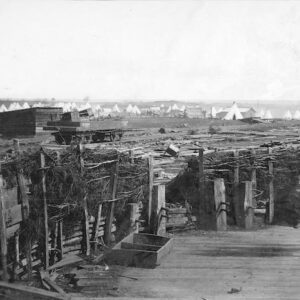
Image ID: AZMK
$2.99 -

Image ID: AZMT
$3.99 -

Image ID: AZMZ
$0.99 -

Image ID: AZNA
$0.99 -

Image ID: AZOA
$1.99 -
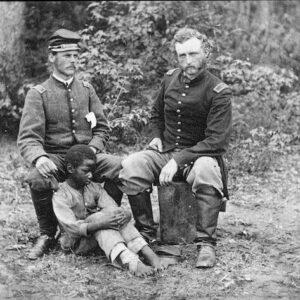
Image ID: AZHE
$2.99 -

Image ID: AZOF
$1.99 -
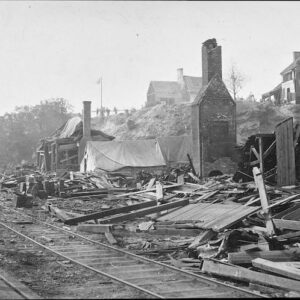
Image ID: AZOG
$1.99 -
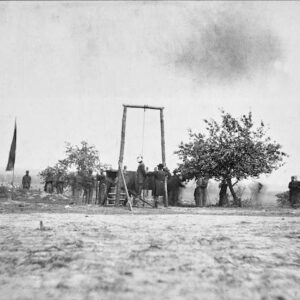
Image ID: AZOI
$1.99 -

Image ID: 1LFR
$6.99 -

Image ID: 1ROU
$5.99 This product has multiple variants. The options may be chosen on the product page -
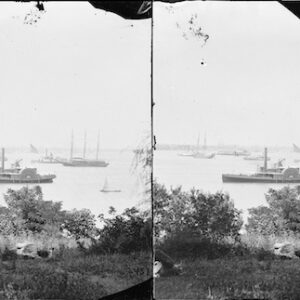
Image ID: 1BIN
$6.99 -

Image ID: 1RIE
$5.99 -

Image ID: AZIQ
